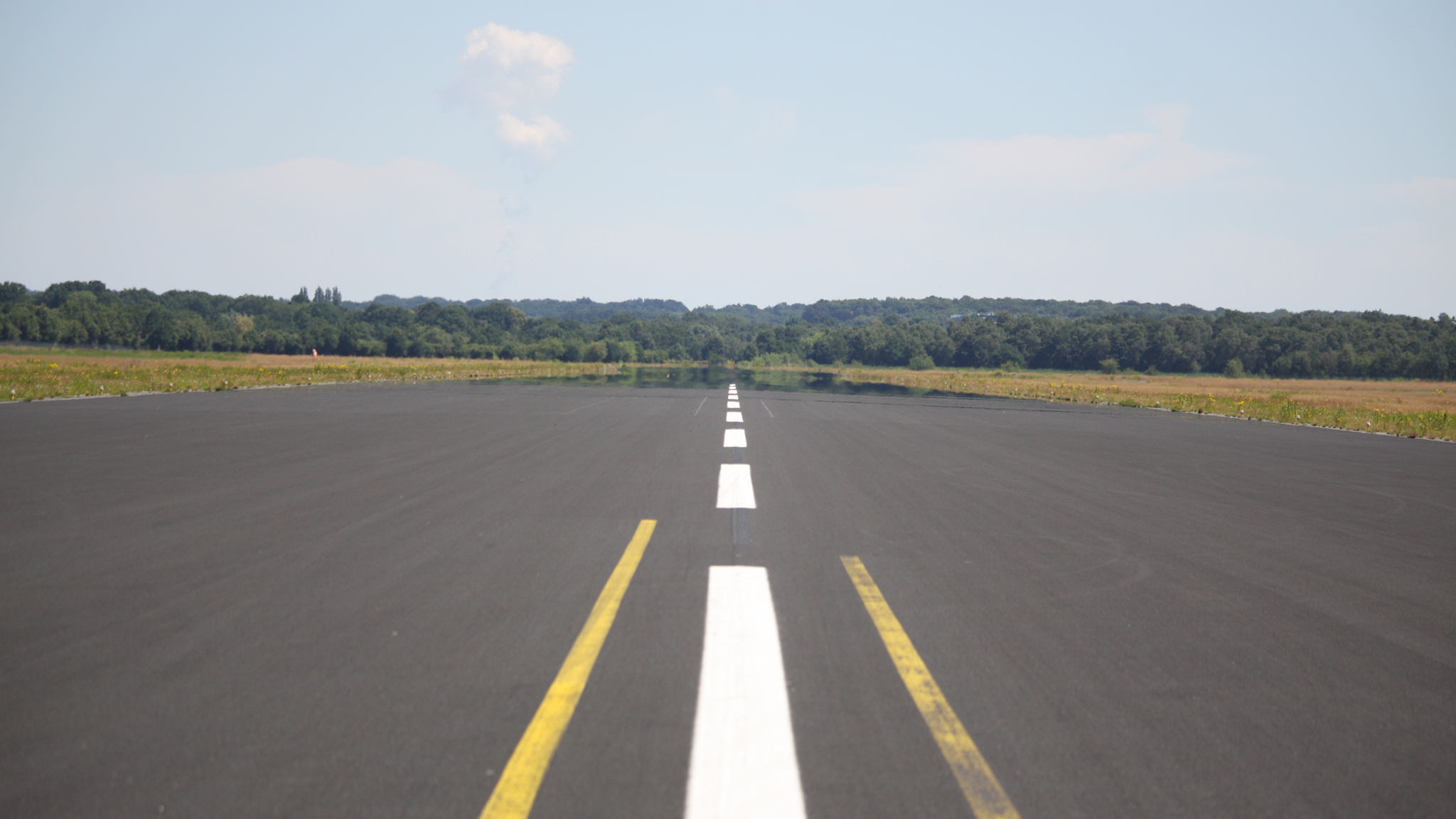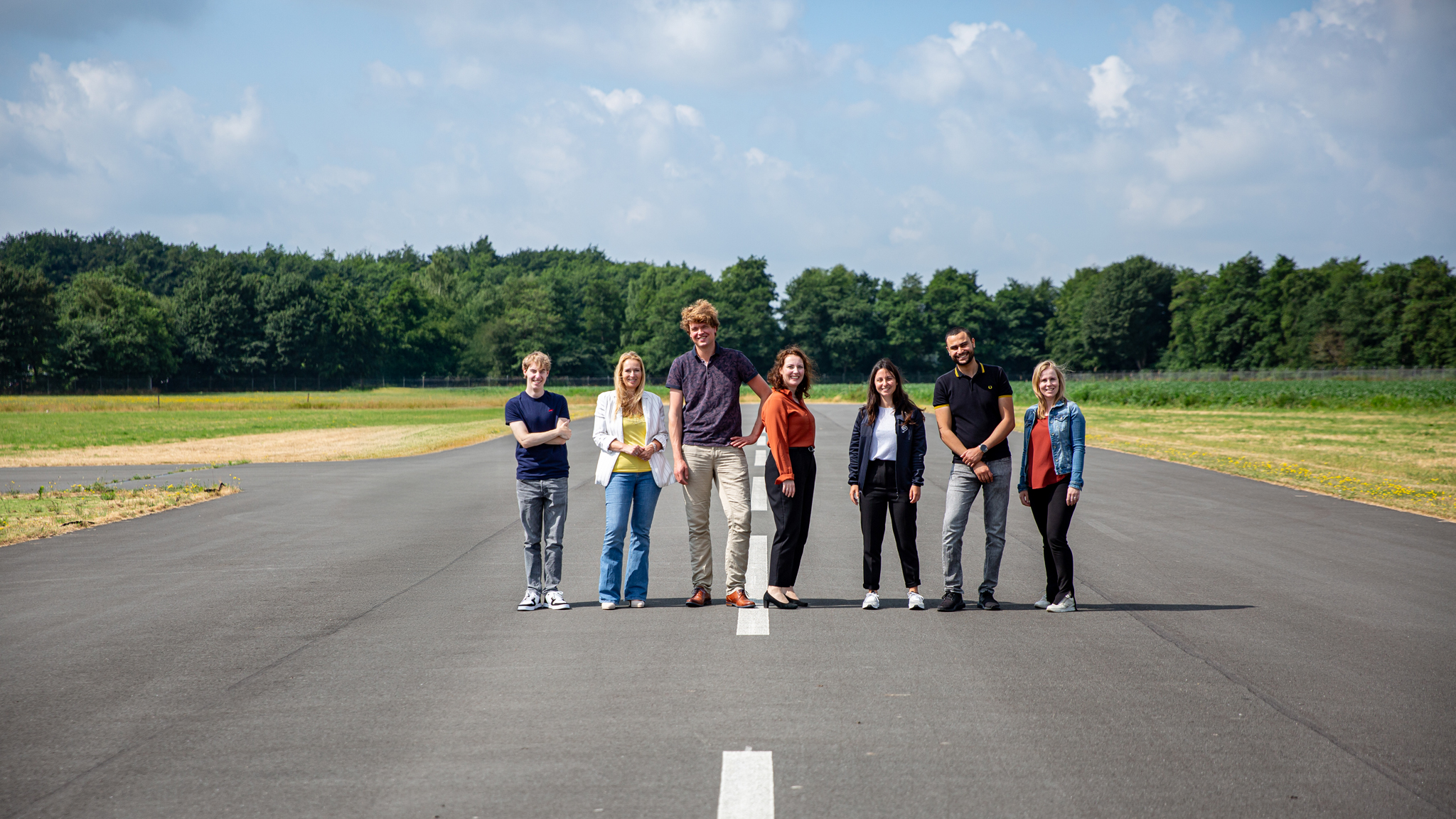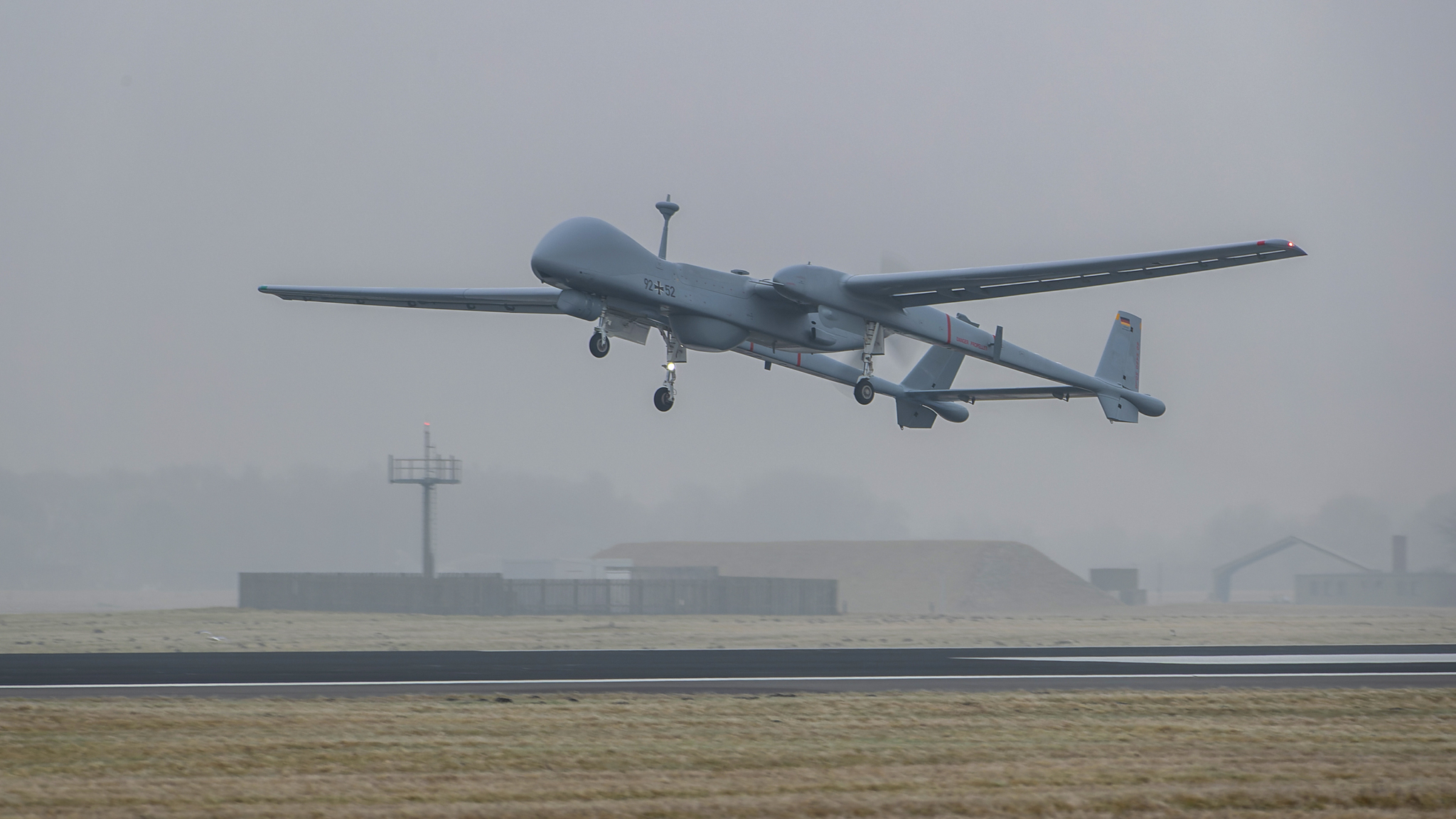Following the publication of the first DESTINATION 2050 roadmap report in early 2021, which showed how European aviation could realise net zero CO2 emissions by 2050, Royal NLR and SEO Amsterdam Economics have developed a revised and updated version of this decarbonisation pathway. Whereas the new report finds it is still possible to reach net zero in 2050, it also notes that without short-term action from both industry and policymakers on all groups of sustainability measures, realising this ambitious decarbonisation pathway will become increasingly more difficult, or even impossible to follow.
As the first edition, the new report, which was launched in Brussels today by the DESTINATION 2050 alliance, is based on a bottom-up analysis of measures that increase energy efficiency and reduce net CO2 emissions. By 2030, economic measures are by far the biggest driver of net emission reductions (24%), followed by the introduction of the latest generation of more efficient conventionally fuelled aircraft (8%) and improvements in ATM and operations (7%). By 2050, SAF and other alternative fuels make the biggest contribution (39%), followed by improvements in technology (26%), with lower contributions from the other pillars. By the year 2050, the cost of implementing the various sustainability measures is expected to lower the annual passenger growth rate from 2.0% in the reference scenario to 1.4% per year, thereby avoiding 19% of CO2 emissions compared to a hypothetical no-action reference scenario.
Besides providing an update to the decarbonisation pathway, the new report has also integrated an expenditure assessment – which was previously published separately. The premium expenditure associated with realising this updated DESTINATION 2050 roadmap pathway has increased compared to that earlier study. The additional expenditure related to decarbonisation over business-as-usual has risen from €820 bn to €1,300 bn (+57%), mainly due to higher SAF prices (including mark-ups by suppliers). The analysis finds that economic conditions are not (or not yet) driving the sustainability transition enough. Policies that lower the investment risks and that provide a financial support system designed to achieve the net zero aims are therefore essential for implementing the measures outlined in this roadmap.
Additionally, this roadmap report has for the first time investigated cumulative CO2 emissions associated to the DESTINATION 2050 pathway, and compared these to carbon budgets. Implementing the decarbonisation measures at the scale and speed outlined is considered compatible with a 1.7°C pathway (66% likelihood) with a sectoral allocation based on the IEA Net Zero scenario. Additional measures would be required to be compatible with carbon budgets in line with a 1.5°C pathway (50% likelihood).
Last, the work expands on the first edition by dealing more extensively with non-CO2 climate effects of aviation, summarising the state of science and numerous mitigation measures. A desire to move forward on that topic implies investment in research on mitigation measures, as well as their validation and assessment of technical and operational feasibility, is essential.
The revised and updated DESTINATION 2050 roadmap report has considered CO2 emissions from the combustion of fuel by scheduled passenger and cargo flights departing from airports in the EU, United Kingdom or EFTA (Iceland, Norway, Liechtenstein and Switzerland). The full report can be downloaded here, or check out the report at the website of Destination 2050.



